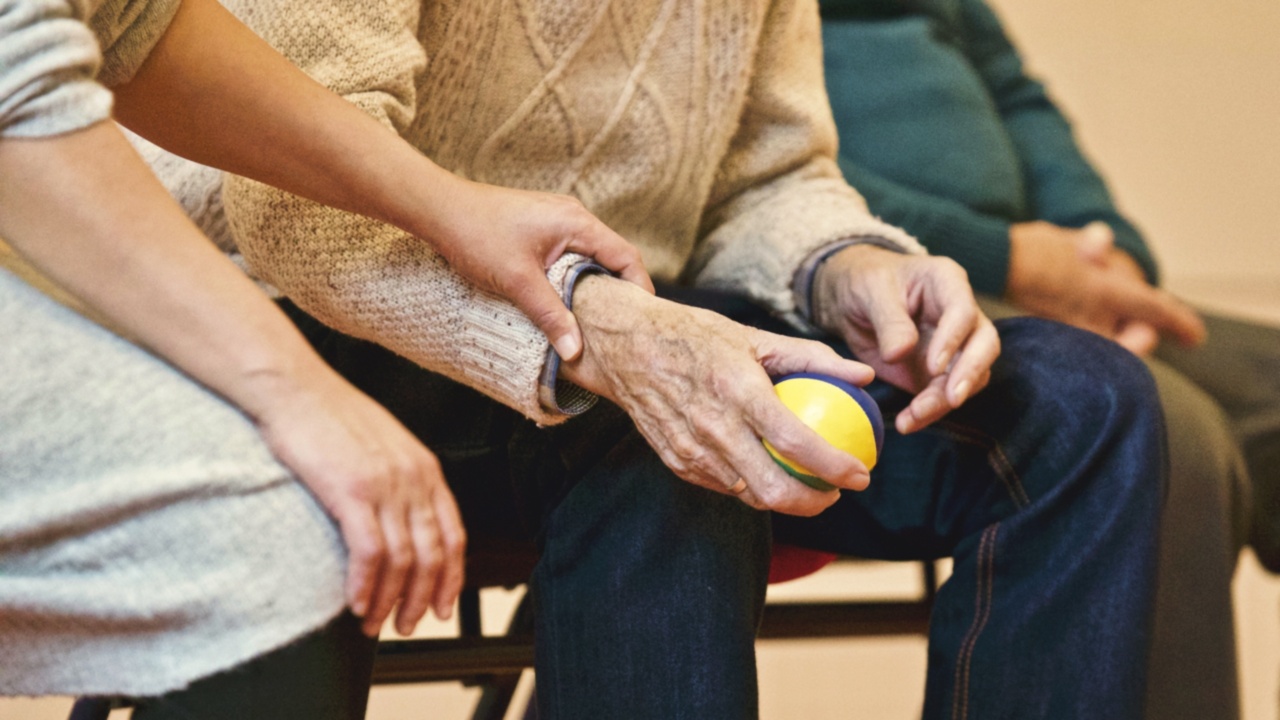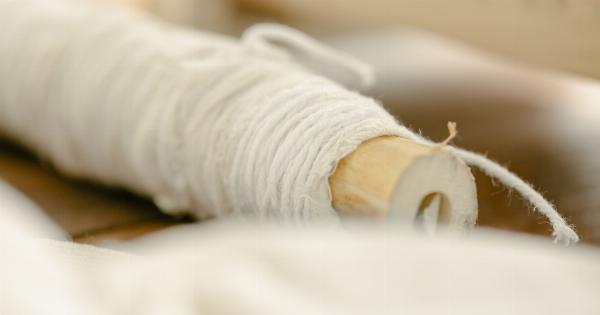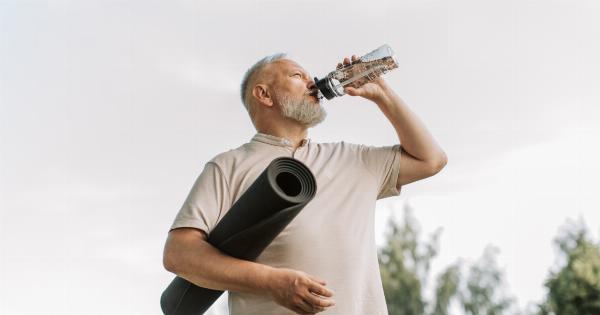Aging is an inevitable process that affects the entire body, and the skin is no exception. As we grow older, our skin undergoes various changes due to both intrinsic and extrinsic factors.
These changes can be visible and serve as markers of one’s overall health and longevity. In this article, we will explore the signs of aging that manifest on the skin and how they can be indicative of an individual’s lifespan.
1. Wrinkles and Fine Lines
One of the most noticeable signs of aging on the skin is the development of wrinkles and fine lines. These are often a result of the natural aging process, where the skin becomes less elastic and collagen production decreases.
Wrinkles and fine lines commonly appear around the eyes, forehead, and mouth. Persistent and deep wrinkles may indicate accelerated aging and potential health concerns.
2. Age Spots and Pigmentation
Age spots, also known as liver spots or solar lentigines, are flat, brown, or grayish patches that appear on the skin with aging. These spots are caused by years of sun exposure and are more common in individuals with fair skin.
While age spots are generally harmless, excessive pigmentation can also be a sign of underlying health conditions such as hormonal imbalances or liver problems.
3. Thin and Transparent Skin
As we age, the skin’s outermost layer, called the epidermis, becomes thinner and loses its density. This leads to a translucent appearance, making veins and blood vessels more visible.
Thin and transparent skin is a common sign of aging and can be indicative of reduced collagen and elastin levels. Fragile skin may also be prone to bruising and tearing.
4. Dryness and Rough Texture
Aging skin often becomes drier and more prone to irritation and roughness. This can be attributed to the decrease in sebum production and natural moisturizing factors. Dry skin lacks the hydration it needs to maintain its elasticity and suppleness.
Additionally, a rough texture may be an indicator of impaired skin barrier function, which can affect overall health and skin longevity.
5. Loss of Firmness and Sagging
Loss of firmness and sagging skin are common signs of aging that can affect various areas of the body, including the face, neck, and even the body as a whole.
This is primarily due to the degradation of collagen and elastin fibers, which provide structural support to the skin. Mild sagging with age is natural, but excessive sagging may signify accelerated aging and potential health problems.
6. Poor Wound Healing
With age, the regenerative capacity of the skin decreases, resulting in slower wound healing. This is due to a decline in cell turnover and diminished collagen production.
Delayed wound healing can be a sign of impaired overall health and potential comorbidities. It is important to address any prolonged healing time and consult a healthcare professional if necessary.
7. Increased Sensitivity
The aging process can make the skin more sensitive and prone to irritation. This sensitivity can be attributed to a compromised skin barrier function and decreased oil production.
Increased reactivity to certain ingredients or environmental factors can lead to redness, itching, or even allergic reactions. It is essential to choose skincare products that are gentle and suitable for aging skin to minimize potential negative reactions.
8. Enlarged Pores
As we age, the pores on our skin tend to appear larger. This is primarily due to decreased skin elasticity and loss of collagen, which can cause the pores to become more pronounced.
Enlarged pores can also become clogged easily, leading to the formation of acne and blackheads. Proper skincare and regular exfoliation can help minimize the appearance of enlarged pores.
9. Decreased Subcutaneous Fat
With age, the layer of fat beneath the skin, called subcutaneous fat, decreases in thickness. This loss of fat can lead to a more hollowed and sunken appearance, particularly in the cheeks and under the eyes.
Reduced subcutaneous fat can also impact the skin’s ability to retain moisture, making it appear even drier and accentuating the signs of aging.
10. Changes in Skin Color
The skin’s natural pigmentation can also change with age. It may become duller, lose its vibrancy, or develop an uneven tone.
These changes can be attributed to various factors, including sun damage, a decrease in melanin production, and alterations in blood circulation. Monitoring changes in skin color can help identify potential health concerns and ensure proper skincare and sun protection.
Conclusion
The skin serves as a visible marker of aging and can provide insights into an individual’s overall health and longevity.
Signs such as wrinkles, age spots, thinning skin, and poor wound healing indicate both intrinsic and extrinsic aging processes. It is crucial to prioritize skincare and adopt healthy lifestyle habits to maintain optimal skin health and potentially slow down the visible signs of aging.































